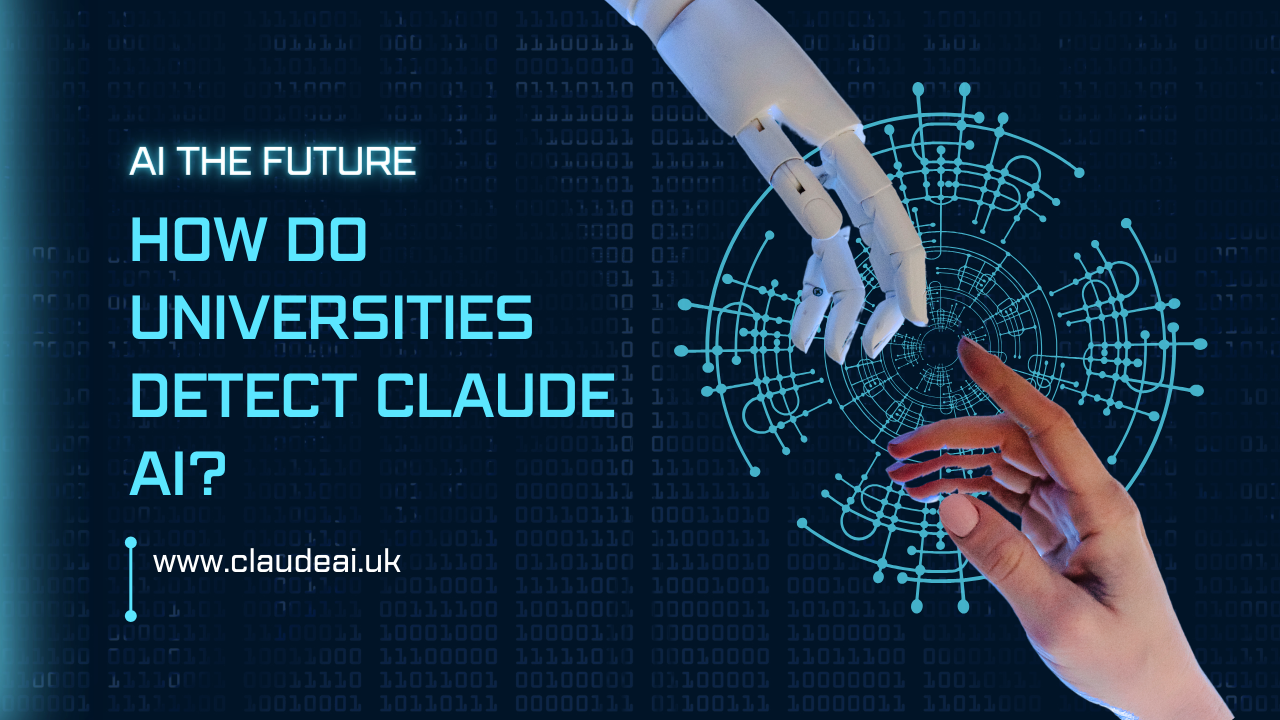Universities and academic institutions are facing a growing challenge – the use of advanced language models like Claude AI by students to generate written content. Claude, created by Anthropic, is a powerful artificial intelligence that can produce human-like text on a wide range of topics. With its versatility and the ability to understand and respond to prompts in a nuanced way, Claude AI presents a unique threat to academic integrity.
As the capabilities of AI language models continue to evolve, it becomes increasingly difficult for educators and administrators to detect their use in student work. This article aims to explore the challenges faced by universities in identifying Claude AI-generated content and the various strategies being employed to maintain the integrity of academic assessments.
The Sophistication of Claude AI
The Human-Like Nature of Claude AI
This section will delve into the advanced capabilities of Claude AI that make it difficult to distinguish from human-written content. The focus will be on the natural language processing abilities, coherence, and nuanced understanding of context that Claude demonstrates.
The Ever-Evolving Capabilities of AI Language Models
This section will discuss how AI language models like Claude are constantly improving, making it increasingly challenging for detection methods to keep up. It will touch on the rapid progress in natural language processing and the potential for future models to become even more sophisticated.
Strategies for Detecting Claude AI
Stylometric Analysis and Linguistic Fingerprinting
This section will explore the use of stylometric analysis and linguistic fingerprinting techniques to identify patterns and anomalies in writing style that may indicate the use of AI-generated content. It will delve into the various linguistic features that can be analyzed, such as sentence structure, word choice, and overall coherence.
Content Analysis and Plagiarism Detection Tools
This section will discuss the use of content analysis and plagiarism detection tools to identify potential AI-generated content. It will cover the strengths and limitations of these tools, as well as the importance of combining them with other detection methods for a more comprehensive approach.
Watermarking and Provenance Tracking
This section will explore the use of watermarking and provenance tracking techniques to establish the origin and authenticity of written content. It will discuss methods such as digital watermarks, blockchain-based provenance tracking, and other emerging technologies that aim to provide a tamper-proof record of authorship.
Challenges and Limitations
The Arms Race Between AI and Detection Methods
This section will discuss the ongoing battle between the development of AI language models and the advancement of detection methods. It will highlight the importance of staying up-to-date with the latest AI capabilities and the need for a multi-pronged approach to detection.
False Positives and False Negatives
This section will address the issue of false positives (incorrectly identifying human-written content as AI-generated) and false negatives (failing to detect AI-generated content). It will discuss the potential consequences of these errors and the need for a balanced approach that minimizes their occurrence.
Ethical Considerations and Privacy Concerns
This section will explore the ethical implications of AI detection methods and the potential privacy concerns they raise. It will discuss the importance of balancing the need for academic integrity with the protection of individual privacy and the responsible use of detection technologies.
Conclusion
The conclusion will summarize the key points discussed in the article, emphasizing the importance of a multi-faceted approach to detecting Claude AI in academic settings. It will highlight the need for ongoing research, collaboration between educators and technology experts, and a willingness to adapt to the ever-evolving AI landscape. The conclusion will also stress the importance of maintaining academic integrity while upholding ethical standards and respecting individual privacy.

